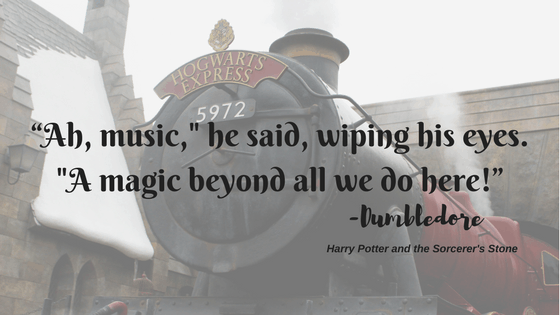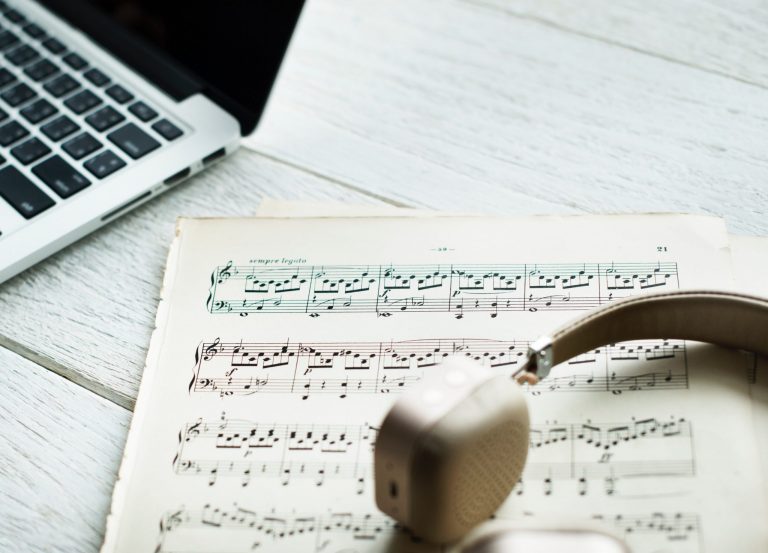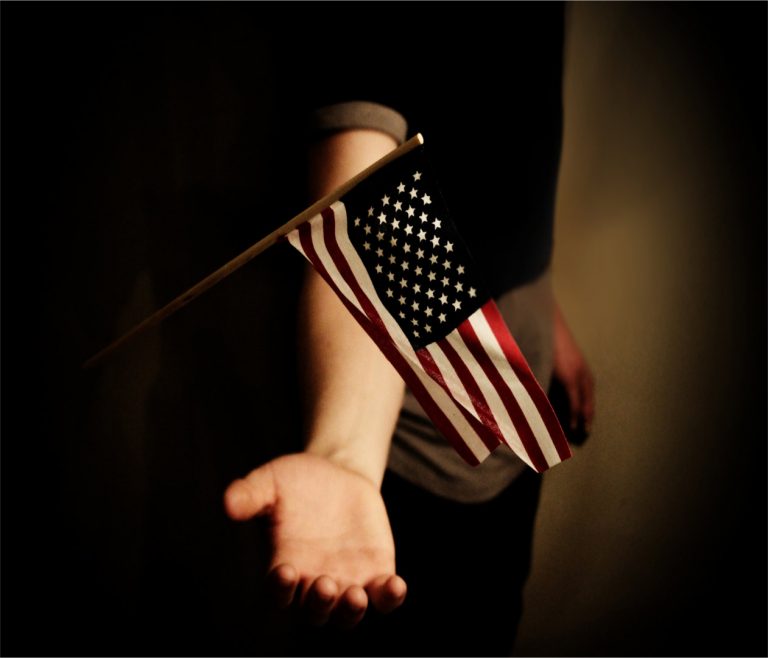Quick Guide: Learning Styles
Learning styles. Do you know which one your child prefers?
You should! As a matter of fact, all students need to know their learning styles, too!
According to Dictionary.com, a learning style is “an individual’s mode of gaining knowledge, esp. a preferred or best method.”
There are three different learning styles: auditory, visual and kinesthetic.

When capitalizing on the student’s learning style in studying piano, students are able to use their strengths to learn new concepts and comprehend information. This helps with memorization and practicing, too! Also, when students experience their music using all these ways of learning, it helps reinforce things even more for them.
So, what do each of these learning styles mean? I’m so glad you asked!
Here’s your quick guide to each learning style:
Auditory Learners
This style of learning learns best when it gains information aurally, or by hearing it. Obviously, in music, this involves listening to the pieces they are learning. This could be recordings of the piece or hearing the piece demonstrated. It also means hearing instructions from the teacher during lessons or having information in the lesson books read allowed to them.
Visual Learners
This is my primary learning style! I learn best by having visuals of what I’m trying to learn. I like to see illustrations or videos of concepts, and quite often I have to visualize something in my mind to understand it. In studying piano, I have found that writing a lot in my score for visual cues (sometimes with different colors, too!) is very helpful. I also like to picture images in my mind while I play, and I notice a lot of patterns in the sheet music and on the actual keyboard.
Kinesthetic Learners
Kinesthetic, or tactile learners, learn best by doing hands-on tasks. Certainly, playing the piano is a physical activity! But, students who utilizes this style of learning gain a lot from experiencing music through movement and other means as well. They benefit from clapping rhythms or using different items in an off-the-bench activity. They also need the process of writing notes or playing passages themselves rather than just watching or listening to someone else do it.
So, there you have it! A quick guide to the three learning styles! Although this is not a comprehensive discussion, it gives you an idea of what each learning style prefers.
Still unsure about your child’s learning style? Education Planner and How to Study both have great online quizzes. Try them out, and share the results in the comments below!






